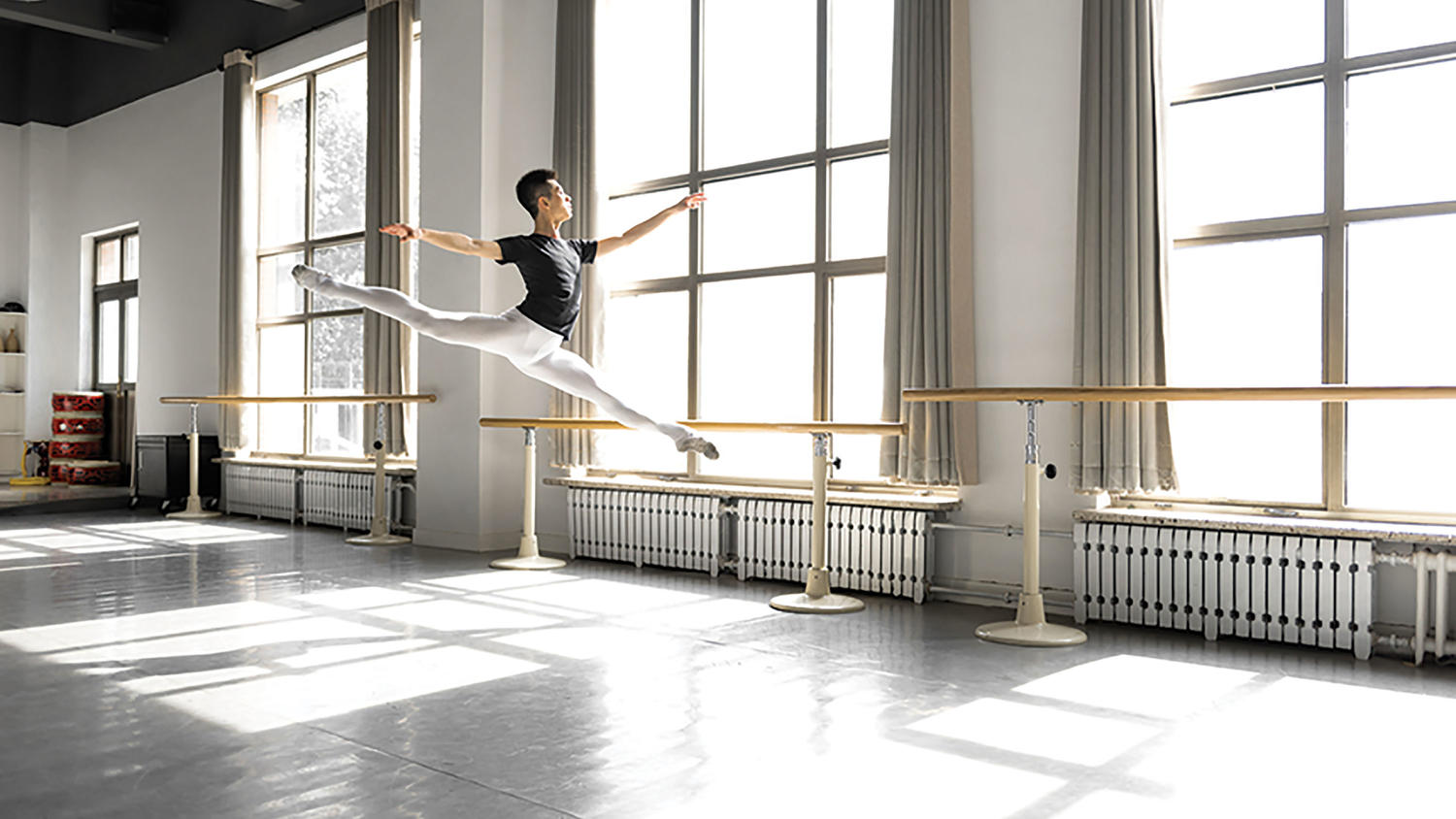Essential Techniques to Extend the Durability of Your Dance Surface
Wiki Article
To maintain a dancing surface's durability, it is essential to comprehend the materials and composition that contribute to its durability. Performance floors are commonly crafted from timber, synthetic, or specialized foam materials. Each type has its own advantages and drawbacks. Timber floors deliver superior resilience and shock absorption, making them ideal for various movement disciplines. Vinyl surfaces are frequently easier to maintain and can be designed with non-slip surfaces, which is vital for safety. Custom foam floors offer padding, which can help reduce injuries. Selecting the right option based on the intended use of the performance floor significantly affects its lifespan.
Routine maintenance is essential for prolonging the life of a performance floor. This includes cleaning and restoring the surface as required. For timber floors, it is important to sweep or hoover regularly to remove dust and grime that can scratch the finish. Additionally, using a sealant or finish every several cycles helps shielding against humidity and erosion. Synthetic floors should be cleaned with suitable solutions that do not harm the surface. Maintaining a regular sanitizing schedule will not only preserve the look of the surface but also guarantee a secure performance space.

Temperature and humidity hold a critical role in preserving a dance surface's condition. Ideal conditions for timber floors are typically a temperature between sixty to eighty degrees °F and a humidity level of modular design for event flooring forty to sixty percent. Excessive moisture can lead timber to warp or form mold, while excessively dry conditions can result in cracking. In spaces where moisture ranges vary, it may be beneficial to invest in a moisture regulator or dehumidifier. For vinyl or cushioned floors, maintaining adequate ventilation can assist in reduce moisture accumulation that might compromise their stability.
Proper use is another essential strategy for extending the life of a performance floor. It is important to set rules for activities that occur on the floor. For example, stiletto shoes or sharp items should be avoided as they can create permanent harm. Placing fixtures away from performance areas also avoids scratches and indentations from occurring. If the venue hosts various activities, placing protective mats during alternative events can further protect the floor from deterioration.
Finally, regular professional evaluations are an effective method to ensure ongoing maintenance of a performance floor. Hiring experts who specialize in dance surfaces can deliver valuable guidance into potential problems before they go now become serious problems. These experts can offer guidance on restorations or resurfacing solutions that might extend the life of the surface significantly. By investing in routine evaluations and updates, owners can maintain that their dance surface remains safe, appealing, and functional for decades to come.